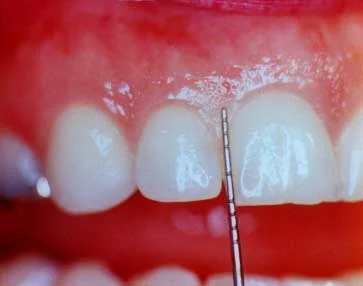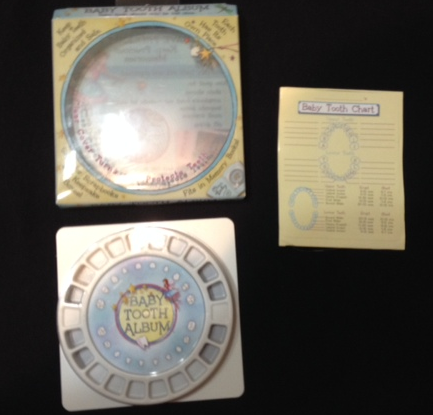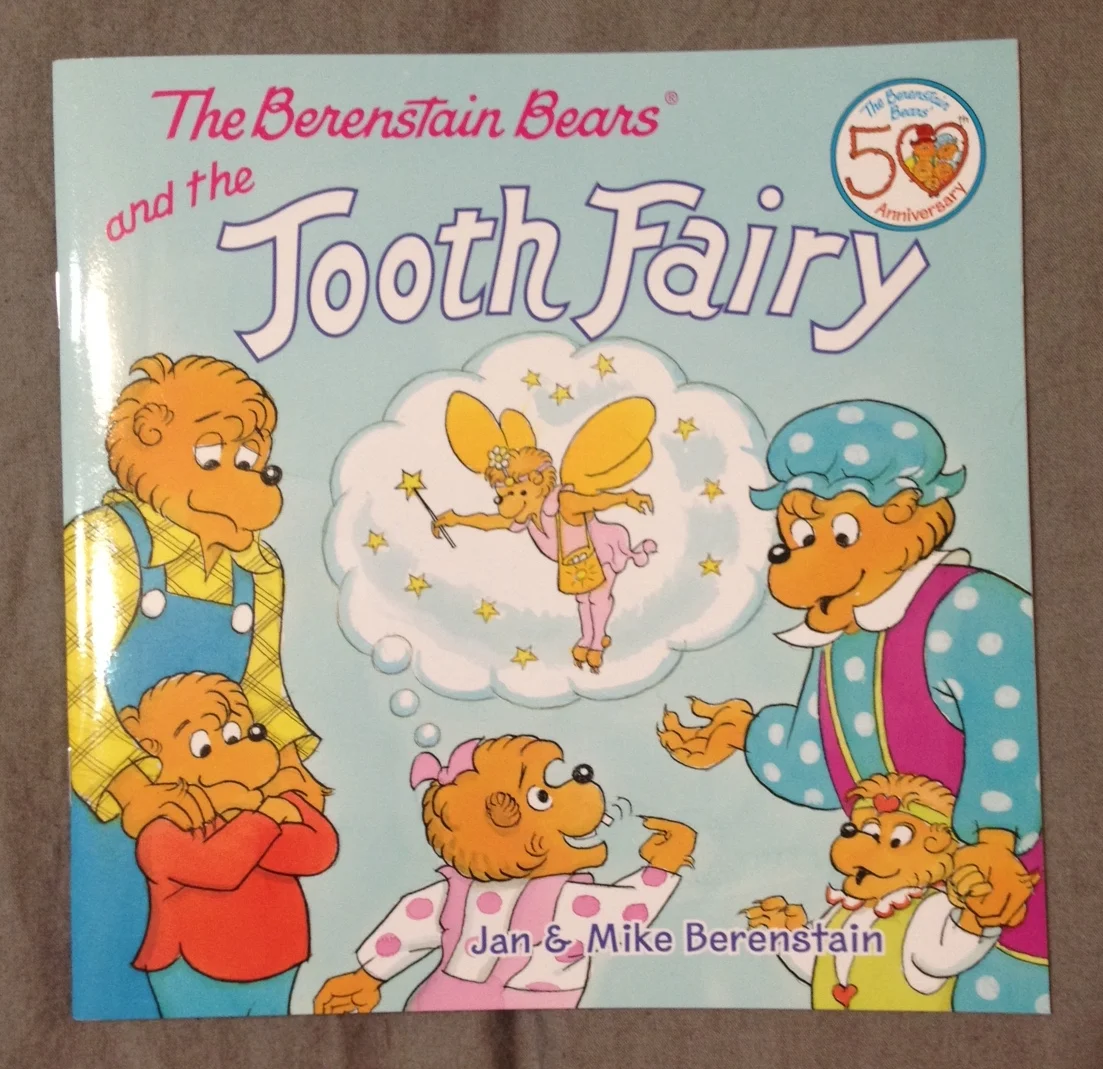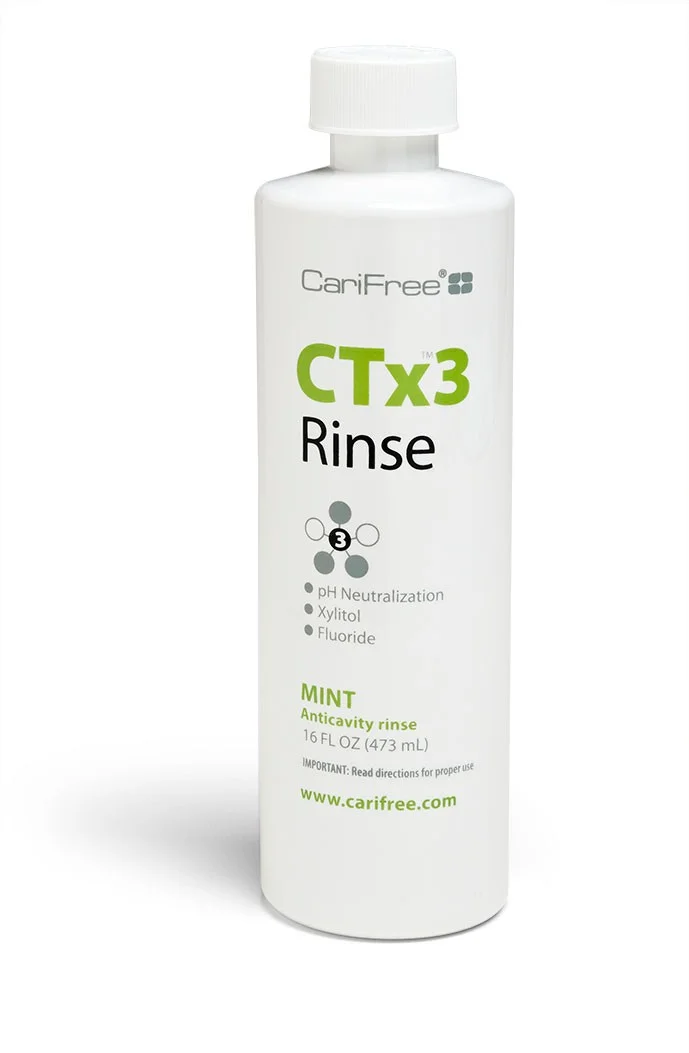At Thousand Oaks Family Dentistry, your appointment is much more than meets the eye. Behind the scenes, a network of dental specialists, labs and technicians help ensure that you receive outstanding esthetic results from our office. Today, we would like to highlight Synergy Dental Lab and its owner Andy Knapp, for their efforts in delivering our patients beautiful crowns and bridges.
Synergy Lab's owner, Andy Knapp.
At Andy’s lab, a team of technicians bring together over 70 years of design, ceramic and modeling expertise. They use a combination of proven techniques and the latest CAD/CAM technology to deliver products that fit and look wonderful. This ultimately means less time spent in our office, away from your friends, family or work. Even difficult cases can be handled with ease, through the use of digital photography and shade matching. The end result is a crown or bridge that looks, feels and fits like a natural tooth.
An example of the incredible work that comes out of Synergy Dental Lab. Through a combination of time, effort and technology, the quick impressions we take at our office become beautiful crowns and bridges.
Synergy is a locally owned and operated business. Aside from being a part of the Thousand Oaks economy, this allows them to provide quick turnarounds and immediate support. Difficult time constraints, complicated cases and other concerns can be addressed in a matter of hours or days, instead of weeks.
We love working with Synergy dental lab because they offer a high quality product with excellent customer service. The speed, accuracy and support offered by this lab allows us to provide more convenient appointments at our office, ultimately saving you time and money. If you have any questions about Andy’s lab, or any of the other offices we work with, please give us a call. We are here to make your entire dental health experience as easy and confusion free as possible!

























